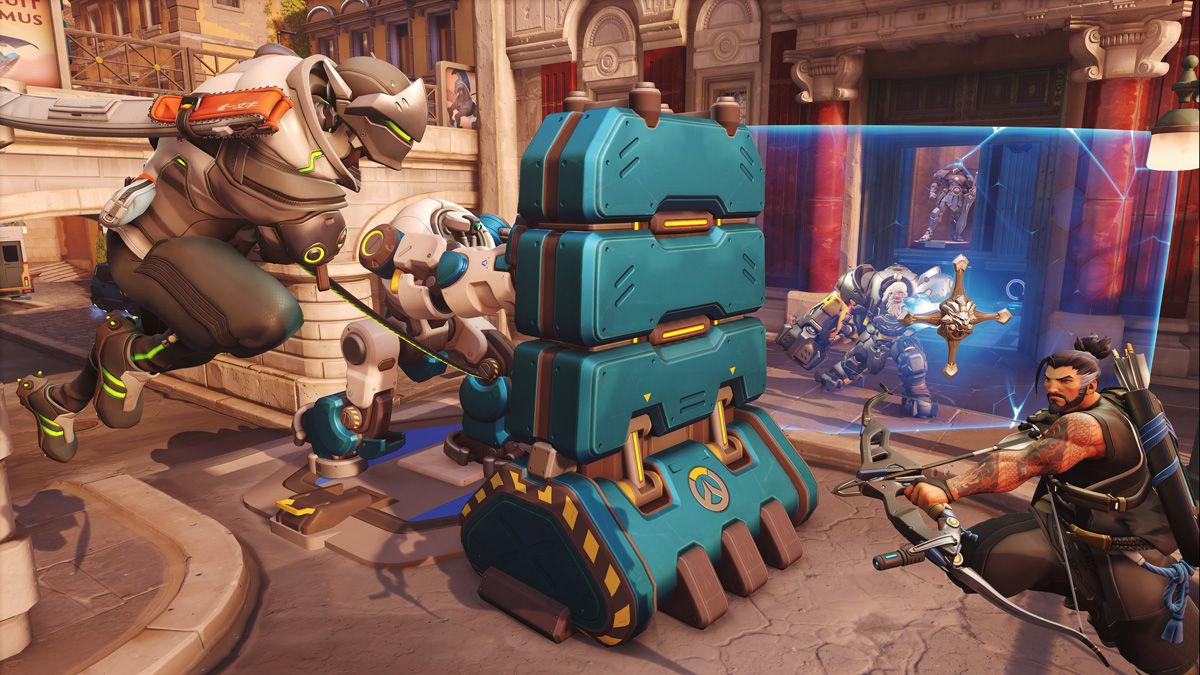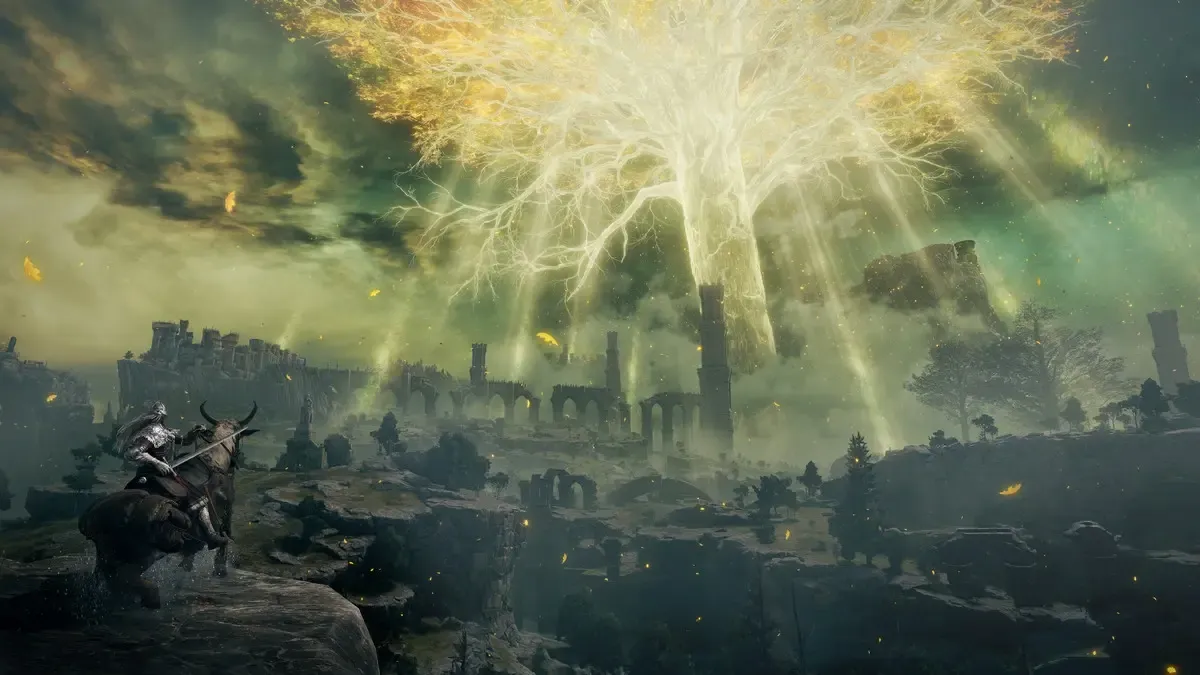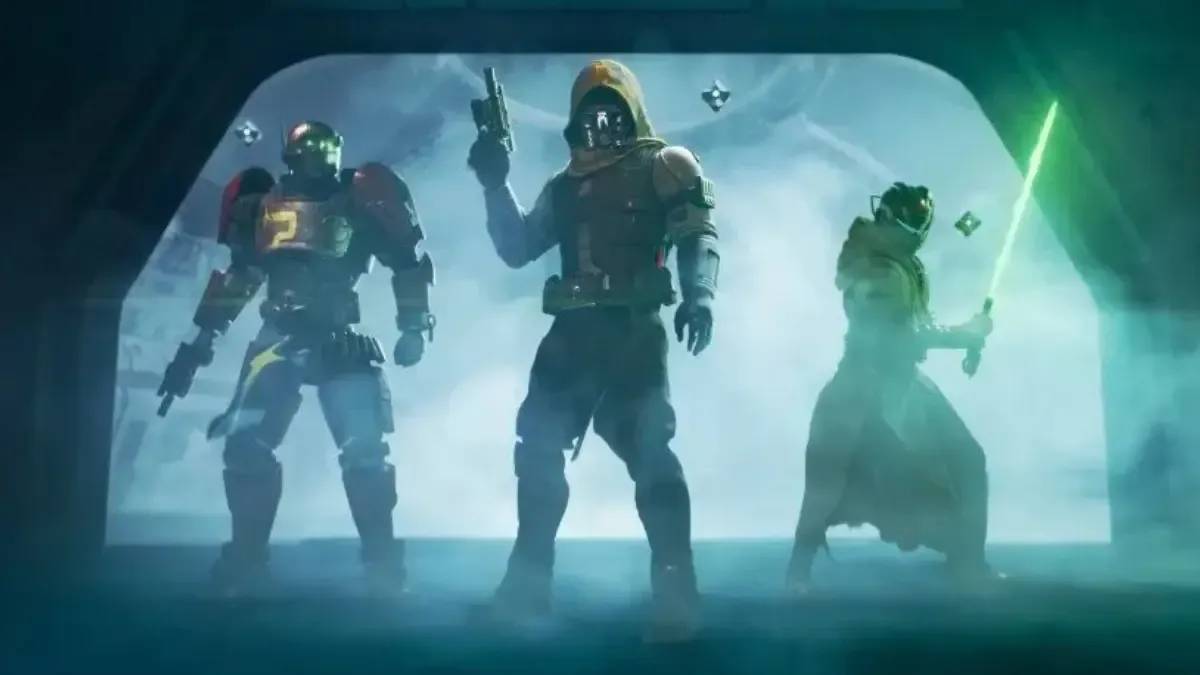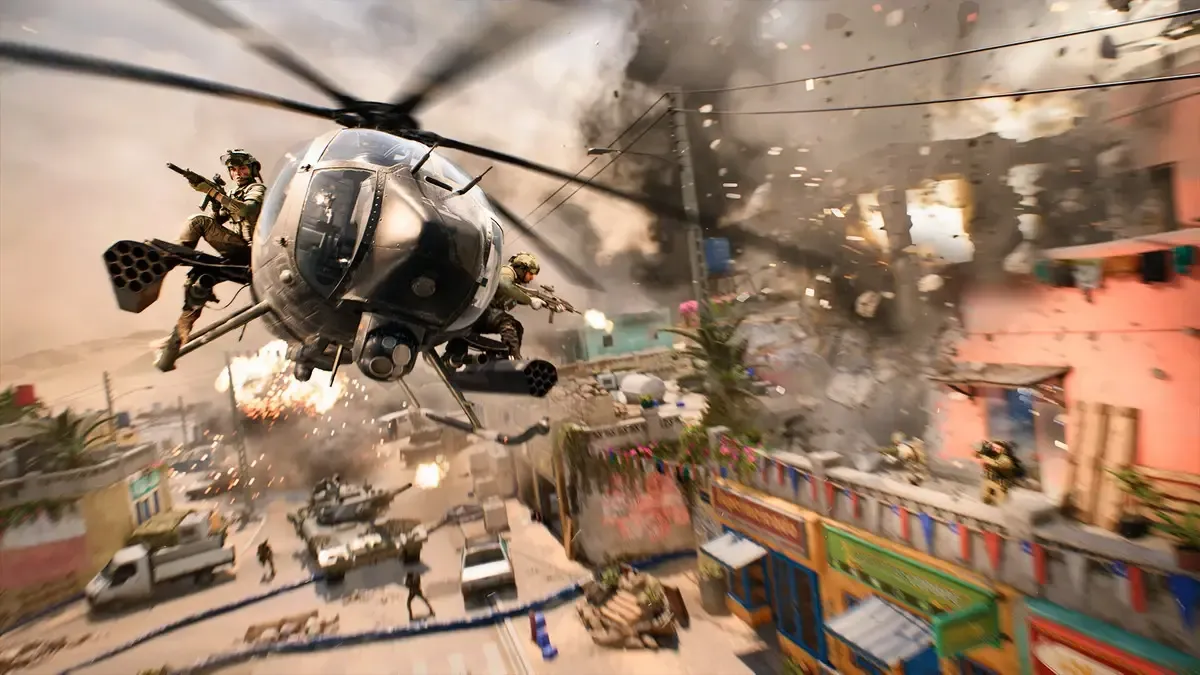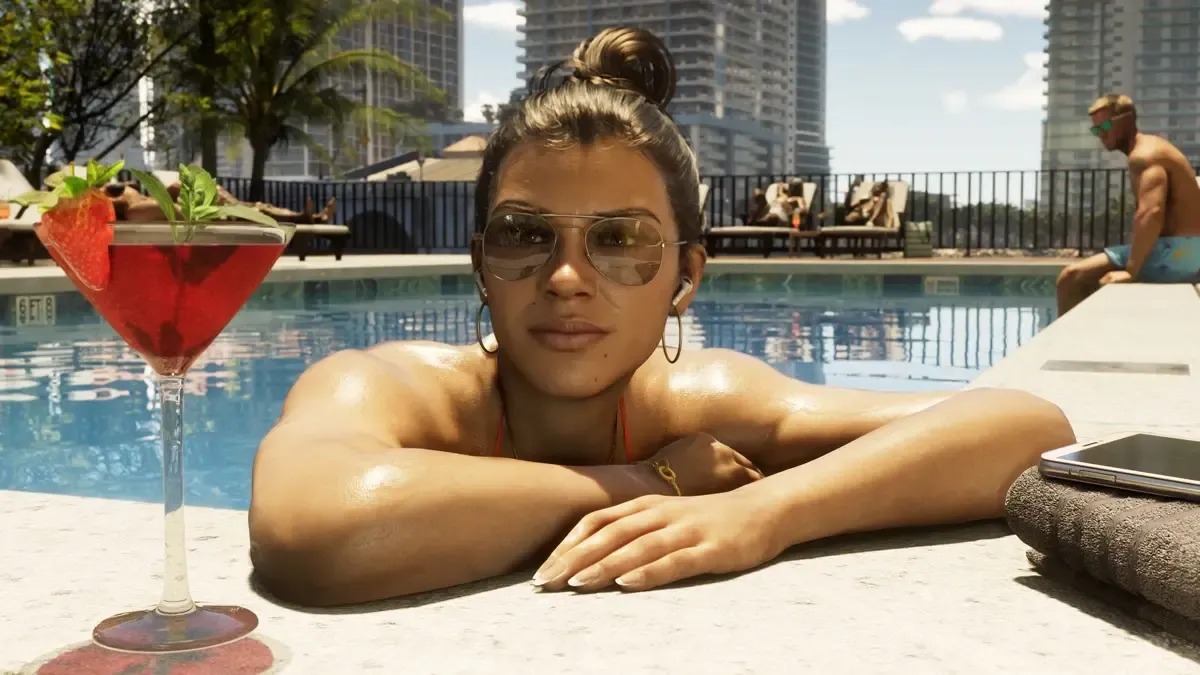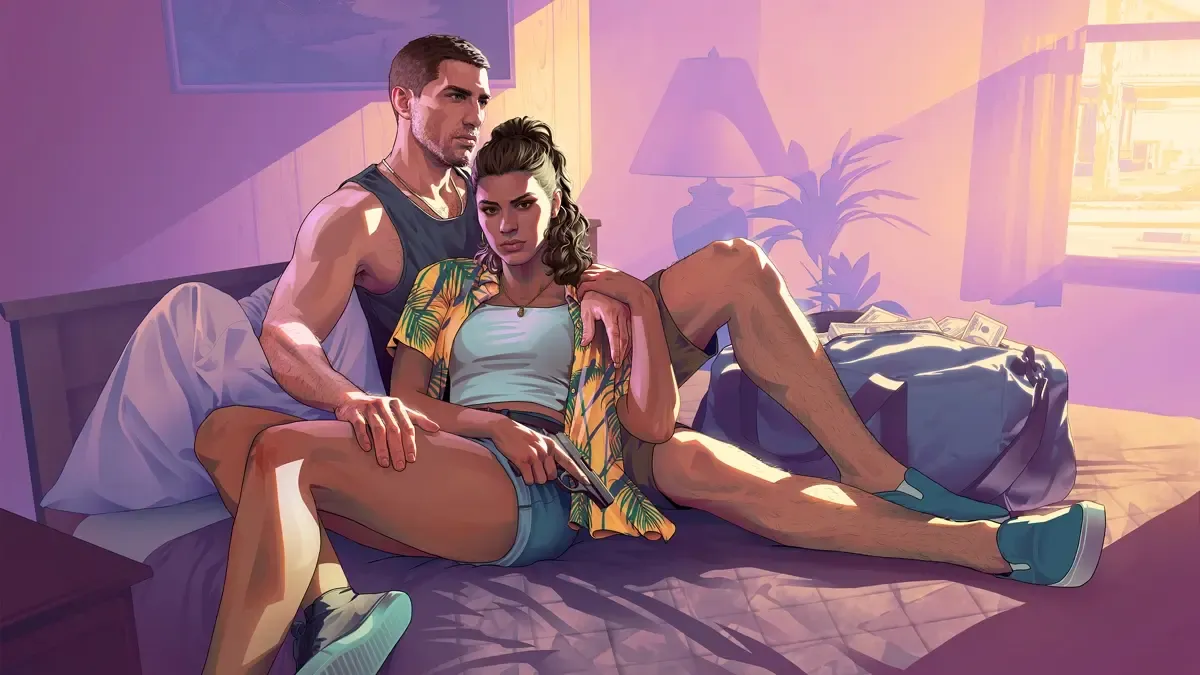Image: Blizzard Entertainment
Overwatch 2 promises big changes and additional content to freshen up the PvP experience, but will it be enough to bring this once-iconic hero shooter back to its former glory?
The year is 2016. I am playing the open beta of a hot new hero shooter from Blizzard Entertainment. The game is called Overwatch, and it has taken the world by storm. My friends have dragged me along to play it. At home, my parents ask me about it. In December, it steamrolls Uncharted 4: A Thief’s End and Doom to win Game of the Year awards. It is a sensation. I have grown obsessed.
The year is 2022. I am playing the closed beta of Overwatch 2, a sequel that still has no release date and comes after years of content drought for its predecessor. Public perception of Blizzard Entertainment has shifted drastically, and now it is very difficult to imagine an Overwatch game even getting nominated for Game of the Year. My friends are not aware of this sequel’s existence. What pushes me towards this sequel is not public fervour, but a nostalgic yearning for days gone by.
Overwatch 2’s PvP beta gives me this, at least: a new way to play an old game that I have missed. PvP is a different beast than before, fully evolved from the casual fare it used to be into intense competitive action that unfolds at breakneck speeds. The game has changed, but I fear it still hasn’t changed enough and it never will.
The 5v5 of it all
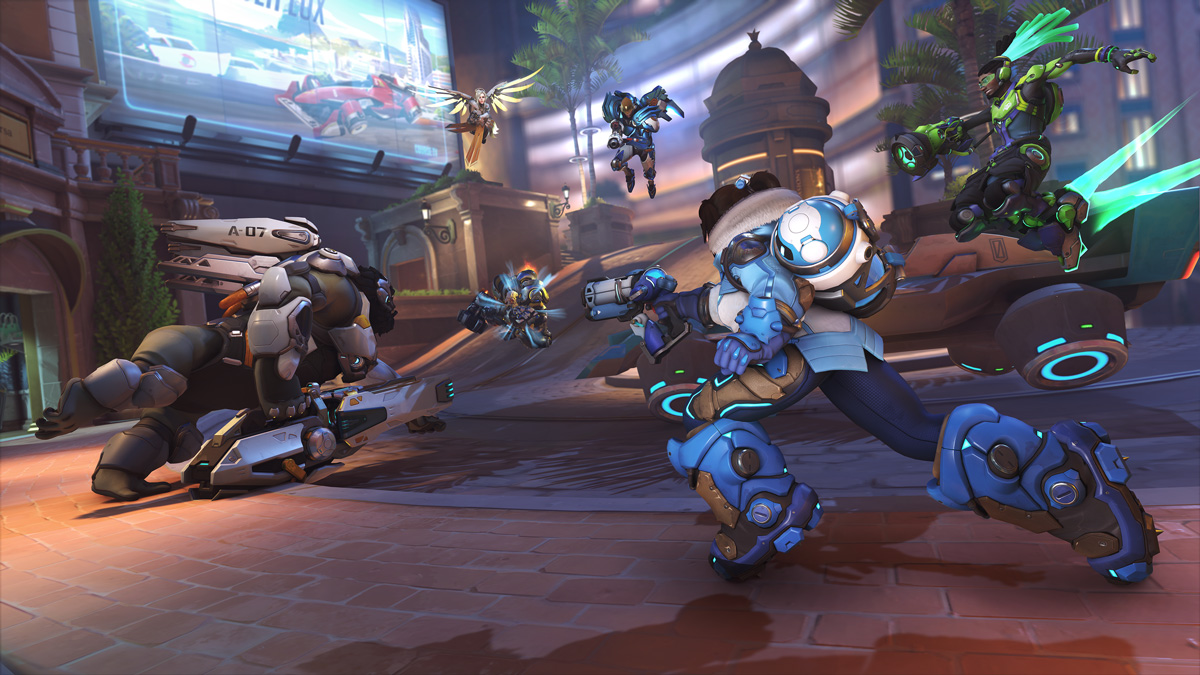
Overwatch was a fantastic hero shooter in its prime, and Blizzard is trying to recapture some of that magic by overhauling hero kits, slimming down player teams and introducing new heroes and maps. For the most part, these changes actually work great. After two years of zero communication and few content updates besides recycled seasonal events, the Overwatch team is finally opening up to its players, addressing feedback and doing everything it can to make the game feel fresh again. Not every change has gone down without the spectre of controversy following close behind, but a steady stream of new content is keeping me engaged in a way I haven’t been for years.
Let’s address the Orisa in the room first: 5v5 teams. Removing one tank from the team makeup has been subject to intense debate, and it’s easy to see why. Team battles are now tighter and faster paced, resembling something more akin to your standard Call of Duty match where teammates fall quickly and often. With just one Tank and overall less emphasis on shields, the focus has shifted from protecting teammates to annihilating the enemy. New maps such as Circuit Royal are built from the ground up with this team composition in mind, and it shows - with its narrow alleys and plentiful shortcuts providing opportunities for smaller teams to come to a head or find cover.
This solves some problems and creates others. The shield meta has been extinguished because Tanks act more like brawlers now, with some (Orisa) getting rid of their shields entirely. Long, pointlessly-drawn out skirmishes have been traded in for short and to the point massacres that pack the average match with more action than before. This also means that Overwatch is by no means a casual shooter anymore - it's finally lived long enough to become the villain. Healers are constantly fighting for their lives. Damage heroes can move around quicker but must deal with higher-health, powered-up Tanks. The lone Tank has to support their team and dole out damage at the same time. There is never a dull moment in the new Overwatch.
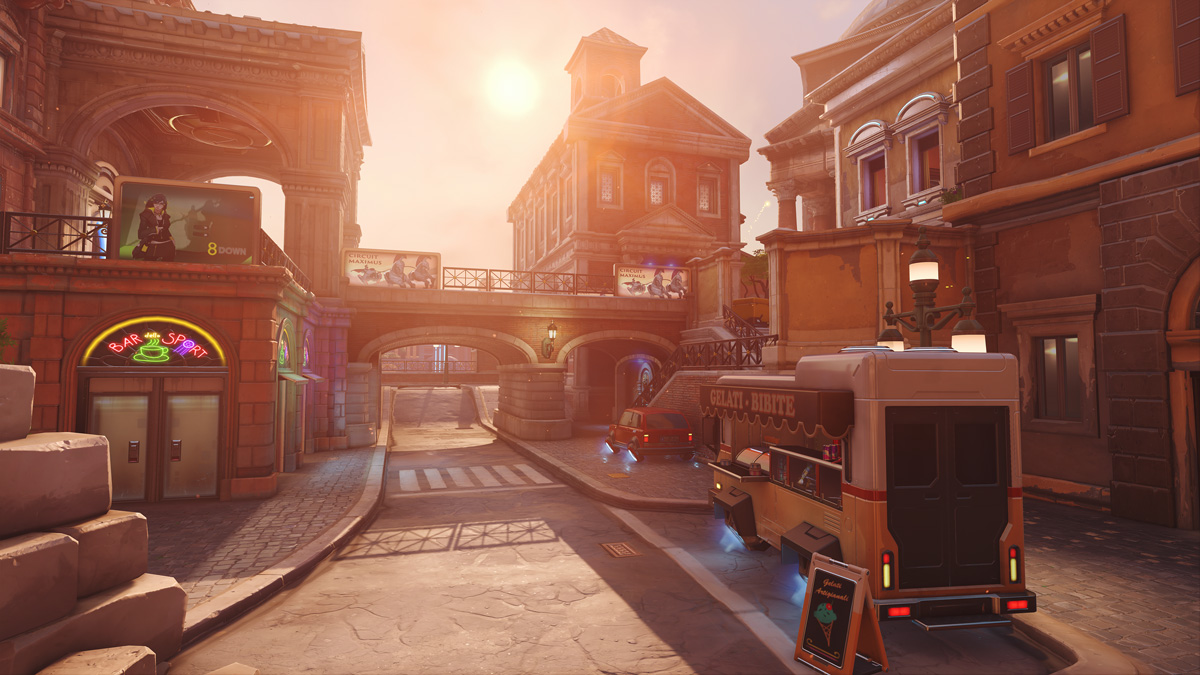
You can point to many things and say, "This is why Overwatch 2 is unbalanced." It's unbalanced because of the smaller teams. It's unbalanced because of the new hero reworks. It's unbalanced because Support heroes got little to no changes. Here is the only reason that matters: it's all about DPS now. Every hero rework, every map change, and even the removal of a tank has made this sequel a game about killing things all the time. Time to kill is lower than ever. Tanks are more powerful than ever. What made each role unique - Supports support, Tanks protect, Damage attacks - has all begun to blur together.
The removal of the shield meta is simultaneously a relief and the worrying sign of a growing problem, making Tanks more closely resemble heroes on the Damage roster. What makes this even more obvious are the weaker members of the Support team whose kits prioritise healing over damage: Mercy and Zenyatta. They stick out like a sore thumb now, and get squished almost immediately in every skirmish. The Overwatch team slapped a bandaid on Zenyatta by letting him kick like a falcon - which is as hilarious as it is satisfying - but it again gives a non-Damage hero more ways to deal damage.
Team Fortress 2, this is not
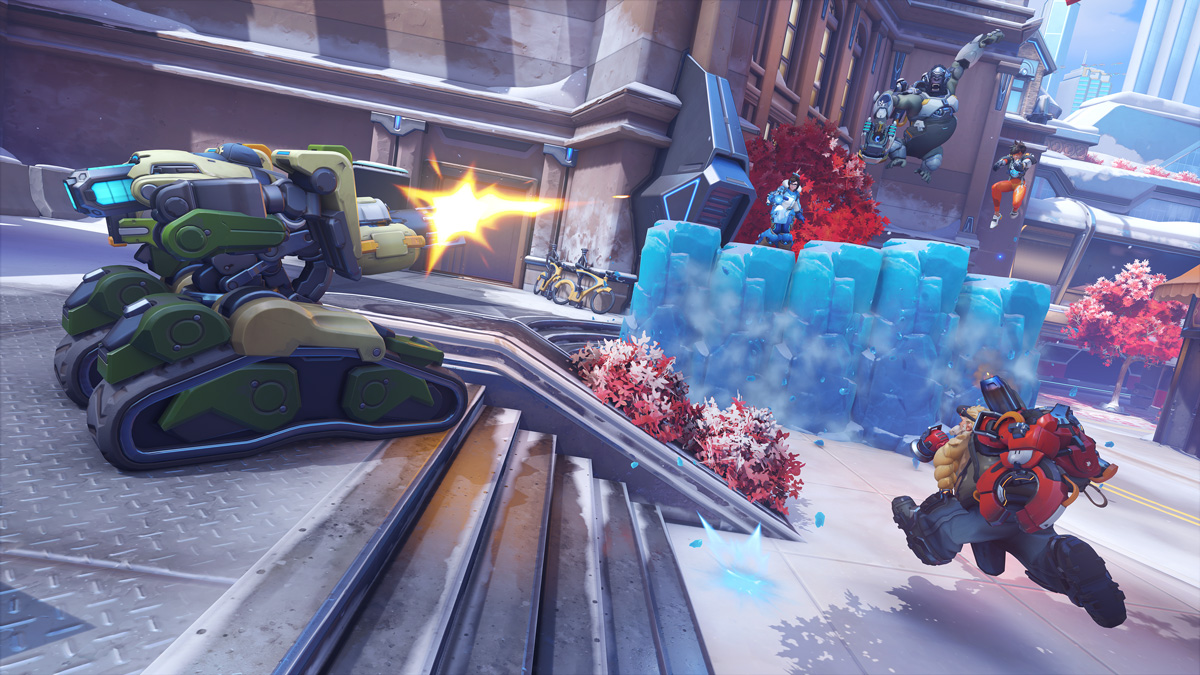
Unravelling Overwatch’s obsession with DPS is a zero-sum game - it’s the culmination of years of hero reworks and feature implementations, each one taking the game further and further away from its casual roots and deeper into competitive fare. At first, Symmetra's lock-on primary fire was the fun kind of overpowered - then it became rage-inducing and was removed. At first, a balanced team of two Damage, two Tank and two Support heroes was only gently encouraged. Then with Role Queue, it became compulsory.
Overwatch 2 in its current form was inevitable. Whether or not the development team makes changes to tone down the intensity of these matches remains to be seen (I doubt it, personally), but at the very least, it does feel like a new game for players who have been away for a very long time. Stepping back into Overwatch after its initial 2016/2017 craze is going to be a pretty overwhelming experience, but there’s much to look forward to: new maps, new heroes, new game modes and tons of rebalancing all around. It’s a pretty fantastic update to PvP and while it might not be perfect, it’s certainly enticing enough to tempt me back after all this time spent away.
Whether or not it’ll be enough to get players to fork up money for Overwatch 2’s PvE mode is another matter entirely.

